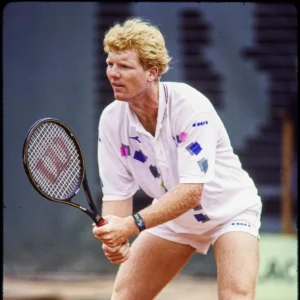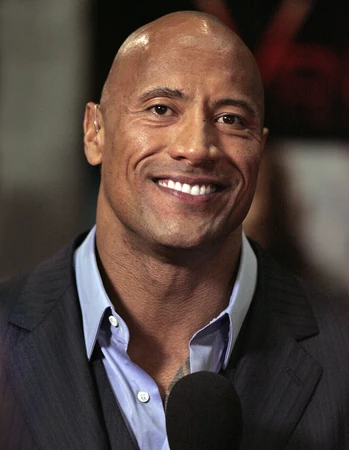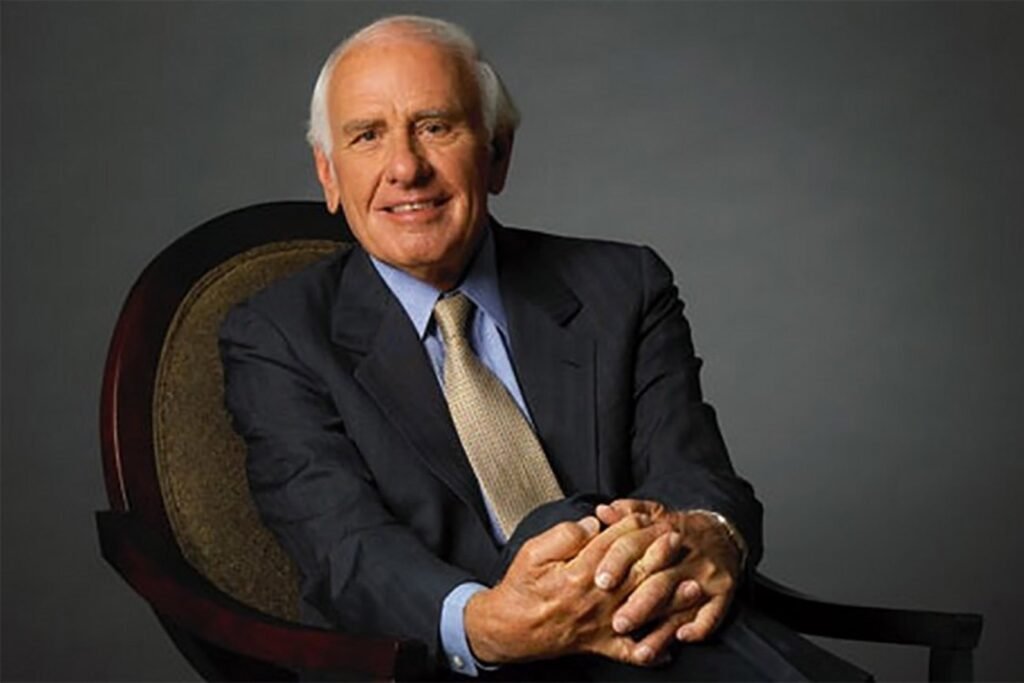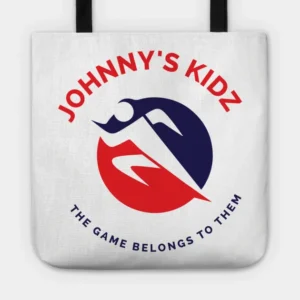Dealing with Conflict and Discipline
Addressing common conflicts and disciplinary issues that arise in youth sports and how to handle them effectively.
“Conflict and discipline in youth sports aren’t obstacles but opportunities. Moreover, they teach our young athletes resilience, respect, and the true spirit of teamwork. By addressing these challenges head-on, we pave the way for their growth both on and off the field.”
– Coach Johnny
Introduction
Youth sports are a breeding ground for life lessons. Here, young athletes learn teamwork, conflict discipline, and resilience.
However, these environments are not immune to conflicts and disciplinary issues. Addressing these problems effectively is crucial.
It impacts not only the development of individual athletes but also the overall team environment.
Conflicts and disciplinary issues can disrupt team harmony and hinder player development.
But with the right approach, coaches, parents, and athletes can navigate these challenges.
First, let’s explore common conflicts and disciplinary issues in youth sports and how to handle them effectively.

“Sportsmanship for me is when a guy walks off the court and you really can’t tell whether he won or lost, when he carries himself with pride either way.”
– Jim Courier
Common Conflicts in Youth Sports
Player Disagreements
Player disagreements are inevitable; consequently, they stem from competitive tensions, personality clashes, or misunderstandings.
If unresolved, such conflicts can create a toxic environment, affecting team cohesion and performance.
Coaches often witness arguments over playing positions, strategy decisions, or personal rivalries.
Causes
- Competitive Nature: The drive to win can lead to heightened emotions and disagreements.
- Personality Clashes: Different personalities can sometimes clash, especially in high-stress situations.
- Misunderstandings: Miscommunication or lack of communication often leads to conflicts.
Consequences
- Reduced Team Morale: Persistent conflicts can lower team spirit.
- Decreased Performance: Focus shifts from playing to personal disputes.
- Potential Dropouts: Players might quit the team if conflicts are not managed.
Parent-Coach Conflicts
Parents are passionate about their children’s sports. However, this passion can sometimes lead to conflicts with coaches.
Disagreements over playing time, coaching decisions, or perceived favoritism are common.
Furthermore, these conflicts can create a stressful environment for young athletes, who may feel torn between their parents and coaches.
Causes
- Playing Time: Parents often want their children to get more time on the field.
- Coaching Style: Differences in opinions on coaching methods can lead to friction.
- Expectations: Unrealistic expectations from parents about their child’s abilities and future.
Consequences
- Stress for Athletes: Kids may feel pressured and anxious.
- Disruption of Team Dynamics: Parent-coach conflicts can spill over and affect the entire team.
- Negative Environment: Persistent conflicts create a hostile environment, impacting enjoyment and development.
Competition-Related Tensions
Competition-related tensions often arise during crucial games. The pressure to win can lead to arguments among players, coaches, and parents.
These tensions can affect the focus and morale of the team, leading to underperformance.
Causes
- High Stakes: Important games can bring out heightened emotions.
- Pressure to Perform: The fear of losing can lead to stress and arguments.
- Unresolved Past Conflicts: Previous unresolved issues can resurface under pressure.
Consequences
- Increased Stress Levels: High tension can lead to anxiety and stress.
- Poor Performance: Players might not perform at their best under stress.
- Team Disunity: Tensions can divide the team, leading to a lack of cohesion.
Causes and Consequences
Moreover, conflict and discipline in youth sports often stem from unmet expectations, lack of communication, and emotional stress.
These conflicts can lead to decreased performance, loss of interest in sports, and strained relationships if not addressed.
Understanding these causes helps in preemptively addressing potential issues.
“In the arena of human life, the honors and rewards fall to those who show their good qualities in action.”
– Aristotle

Common Disciplinary Issues
Poor Sportsmanship
Poor sportsmanship includes taunting opponents, arguing with referees, and unsportsmanlike conduct.
This behavior undermines the values of respect and fairness that sports aim to instill.
Examples include a player deliberately fouling an opponent or showing disrespect towards officials.
Causes
- Lack of Understanding: Some players might not fully grasp the importance of sportsmanship.
- Role Models: Influences from professional athletes or peers who display poor sportsmanship.
- Pressure: Intense pressure to win can lead to unethical behavior.
Consequences
- Negative Reputation: Teams and players can develop a bad reputation.
- Penalties: Poor sportsmanship can lead to penalties and suspensions.
- Hindered Development: Players miss out on learning important values.
Attendance Problems
Attendance issues, such as missing practices or games without valid reasons, disrupt team dynamics and preparation.
They can also reflect a lack of commitment, affecting team morale.
Consistent attendance is crucial for building teamwork and understanding game strategies.
Causes
- Lack of Interest: Players might not be genuinely interested in the sport.
- External Commitments: School, family, or other activities might take precedence.
- Poor Communication: Miscommunication about schedules and expectations.
Consequences
- Disrupted Preparation: Inconsistent attendance hampers team practice.
- Demoralized Team: Regular absences can lower team morale.
- Disciplinary Actions: Coaches might need to take disciplinary measures, which can further affect team dynamics.
Breaking Team Rules
Breaking team rules, like not wearing the proper uniform or ignoring curfews, indicates a lack of discipline.
These actions can lead to inconsistent performance and a breakdown of team standards.
Examples include showing up late for games or not adhering to the coach’s instructions.
Causes
- Lack of Respect: Players might not respect team rules or authority.
- Influence of Peers: Peer pressure can lead to rule-breaking.
- Insufficient Consequences: Players might not take rules seriously if rules are not enforced strictly.
Consequences
- Team Disunity: Rule-breaking can cause friction within the team.
- Reduced Performance: Lack of discipline often translates to poor performance.
- Eroded Authority: Coaches might struggle to maintain authority if rules are frequently broken.
Examples
- A player repeatedly argues with referees, earning penalties: This not only affects the player’s reputation but also the team’s standing in the game.
- A key player missing practices, causing disruption in team drills: This leads to incomplete drills and lack of synchronization during games.
- A group of players breaking curfew before an important game, affecting their performance: This reflects poor discipline and can lead to a loss in a crucial game.

“Success isn’t always about greatness. It’s about consistency. Consistent hard work leads to success. Greatness will come.”
– Dwayne Johnson
Effective Strategies for Resolving Conflict and Discipline
Mediation Techniques
Mediation involves a neutral party helping to resolve the conflict.
Coaches can mediate by listening to both sides and facilitating a constructive dialogue.
This approach helps in reaching a fair resolution.
Steps for Mediation
- Identify the Conflict: Clearly define the issue at hand.
- Listen to Both Sides: Allow each party to express their views.
- Facilitate Dialogue: Encourage open and respectful communication.
- Seek Common Ground: Find areas of agreement to build upon.
- Develop a Solution: Work together to find a mutually acceptable solution.
Communication Skills for Conflict and Discipline
Effective communication is key to resolving conflicts.
Encourage open and honest communication among players, parents, and coaches.
Active listening and empathy can prevent misunderstandings and build trust.
Tips for Effective Communication
- Active Listening: Pay full attention to the speaker and acknowledge their points.
- Empathy: Understand and share the feelings of others.
- Clarity: Be clear and concise in your communication.
- Non-Verbal Cues: Pay attention to body language and tone of voice.
- Open Dialogue: Encourage questions and feedback.
Involving Neutral Parties
In some cases, involving a neutral party, such as a sports psychologist or an experienced mediator, can help resolve conflicts. Their objective perspective can provide valuable insights and solutions.
Benefits of Neutral Parties
- Objectivity: They provide an unbiased perspective.
- Expertise: They bring specialized skills in conflict resolution.
- Confidentiality: Ensures privacy and encourages openness.
“Discipline is the bridge between goals and accomplishment.”
– Jim Rohn

Best Practices for Discipline in Youth Sports
Setting Clear Expectations
Clear expectations set the foundation for discipline.
Coaches should communicate the team’s rules and expectations from the outset. This clarity helps athletes understand what is expected of them.
How to Set Clear Expectations
- Written Guidelines: Provide a handbook or list of rules.
- Regular Meetings: Discuss expectations in team meetings.
- Role Modeling: Demonstrate expected behavior.
- Feedback: Provide regular feedback on adherence to rules.
Consistent Conflict and Discipline Rule Enforcement
Consistency is crucial in enforcing rules to maintain order with regard to conflict and discipline.
Inconsistent enforcement can lead to confusion and unfairness.
Coaches should apply conflict and discipline rules uniformly, regardless of a player’s skill level or status.
Strategies for Consistency
- Fair Application: Apply rules equally to all players.
- Immediate Consequences: Address rule-breaking immediately.
- Regular Reviews: Periodically review rules and their enforcement.
- Support Systems: Provide support for players struggling to adhere to rules.
Positive Reinforcement
Positive reinforcement encourages good behavior.
Recognizing and rewarding athletes for adhering to rules and displaying good sportsmanship can motivate others to follow suit.
Techniques for Positive Reinforcement
- Verbal Praise: Acknowledge good behavior in front of the team.
- Awards: Provide certificates or small rewards for exemplary behavior.
- Highlighting Examples: Use specific instances of good behavior as examples.
- Encouraging Peers: Encourage team members to support and praise each other.
Roles of Coaches, Parents, and Team Captains
Coaches
- Set the Tone: Establish a positive and disciplined team culture.
- Lead by Example: Demonstrate the behavior you expect from players.
- Open Communication: Maintain an open line of communication with players and parents.
- Conflict Resolution: Act as mediators in conflicts and provide guidance.
Parents
- Support Coaches: Back the coach’s decisions and reinforce discipline at home.
- Positive Attitude: Display sportsmanship and respect towards all participants.
- Encourage Participation: Ensure your child attends practices and games regularly.
- Be Informed: Stay informed about team rules and expectations.
Team Captains
- Role Models: Act as examples for other players to follow.
- Mediator: Help resolve minor conflicts among teammates.
- Encouragement: Motivate and encourage teammates to adhere to rules.
- Communication Link: Serves as a link between players and coaches.

“Discipline yourself, and others won’t need to.”
– John Wooden
Conclusion
Addressing conflicts and disciplinary issues in youth sports is vital.
It shapes the character of young athletes and fosters a positive team environment.
Coaches, parents, and athletes can successfully navigate these challenges by understanding common conflicts and disciplinary issues and implementing effective strategies.
In summary, conflict and disciplinary issues in youth sports are common but manageable.
We can create a positive sports environment through mediation, clear communication, and consistent rule enforcement.
This approach not only improves team performance but also helps young athletes develop into disciplined, respectful individuals.
By adopting these practices, we can ensure that youth sports remain a nurturing ground for future generations.
After all, the lessons learned on the field often translate into life skills that go beyond sports.
Call to Action
Join Coach Johnny in cultivating the next generation of youth sports athletes.
Are you ready to transform the youth sports experience for young athletes?
It’s time to address conflict and discipline with the right strategies and positive reinforcement.
By fostering a supportive and respectful environment, we can help our young athletes grow both on and off the field.
Join the movement today:
- Coaches: Lead by example and implement effective conflict resolution techniques.
- Parents: Support your children’s development by promoting sportsmanship and discipline.
- Athletes: Embrace the values of teamwork, respect, and resilience.
Together, let’s create a nurturing ground for future champions.
Share your experiences, challenges, and successes in the comments below.
Let’s learn from each other and build a stronger, more positive youth sports community.
Join the JK Tribe
Coach Johnny is a youth sports coach with over 30 years of experience. He continues to coach various sports in various age groups (pre-high school) for all genders. He is also the founder of Johnny’s Kidz and the JK Tribe. If you would like to support his journey and become a Tribe member, reach out and Buy Coach A Cup of Coffee.
And remember, The Game Belongs to Them!

